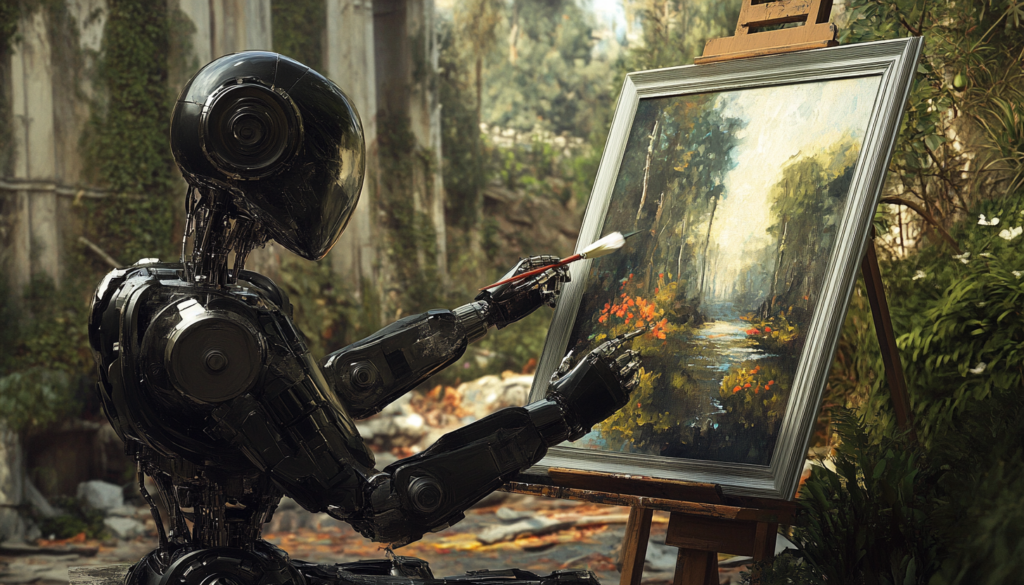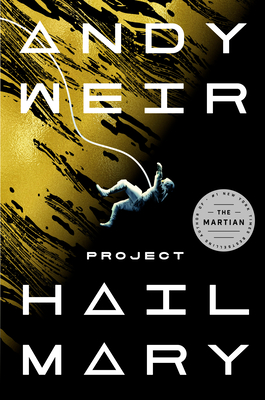
From SRP Author Cameron Cooper’s blog:
Two years ago, I wrote a post, “I Think AI Covers Have A Way To Go…“, that marvelled at the world’s first AI generated magazine cover, while at the same time suggesting that as “art,” it was lacking. Back then, faces and hands generated by AI were weird.
A year later, I wrote a follow-up post: “When I Said AI Art Wouldn’t Be On Book Covers Soon….,” that pointed out how badly I had underestimated the pace at which AI art generation would develop.
And here I am again, almost exactly a year later, shaking my head over the leaps and bound of AI image generation.
Today, AI-generated art isn’t just a novelty; it’s everywhere, and it’s improving at an astonishing pace.
In the span of just over a year, AI art has gone from rough, experimental pieces to award-winning works. Literally. A MidJourney-generated piece recently took first prize in an art competition, sparking a wave of debates about what constitutes creativity and craftsmanship in an AI-driven age. And these advances aren’t confined to the art world—they’re making significant inroads into publishing, marketing, and more.
AI-generated book covers, for example, are not only prevalent but are quite likely slipping into the market without explicit disclosure. As AI tools improve, the telltale signs of machine-made art—awkward proportions or eerie, symmetrical faces—are fading. High-resolution, visually stunning images can now be created with startling ease, leading to an explosion of AI-enhanced designs that may never be flagged as such.
Even in traditional publishing, the barriers seem to be crumbling. A year ago, AI images still felt experimental and, frankly, a bit gimmicky. Now, it’s not hard to imagine that publishing houses, small presses, and self-published authors alike are utilizing AI for cover designs, promotional artwork, and more.
The other achievements? It’s not just book covers and magazine spreads making waves. AI-generated art has been exhibited in galleries, auctioned off at prestigious events, and even licensed for commercial use. Projects like OpenAI’s DALL-E and MidJourney have consistently pushed the boundaries of what an algorithm can create. The capability to generate sophisticated, large-format images with intricate details and strong emotional resonance is rapidly closing the gap between what’s considered “real” art and AI-generated content.
There’s also a parallel discussion that’s taking place in courtrooms and conferences across the globe. Copyright, originality, and the legitimacy of AI-generated art as a creative expression are all hot-button topics. These debates are heated and complex, and their outcomes are likely to shape the landscape of digital art for years to come. But one thing is clear: AI’s ability to generate stunning and impactful visuals is undeniable, regardless of how society eventually decides to define or regulate it.
For creators and authors, the very existence of this technology raises questions, possibilities, and a few uncomfortable reflections. But as a sci-fi writer, I’ve always believed that exploring new frontiers means embracing the future’s uncertainties, even if they challenge our perceptions of art, creativity, and authenticity.
So, what happens next? At this pace, it’s hard to say what AI image generation will look like even six months from now. Will AI tools be able to recreate styles and techniques so precisely that differentiating between human and machine-made becomes impossible? Or will there be a greater emphasis on transparency and artistic “credits”?
Whatever the future holds, it’s safe to say that AI-generated art is no longer on its way—it’s here. And it’s only going to get better.
What are your thoughts? How do you see AI art evolving over the next year? Drop a comment and let me know!
___________________________________________________

Cameron Cooper is a Stories Rule Press author of science fiction — mostly space opera.
Check her SRP books out here.



